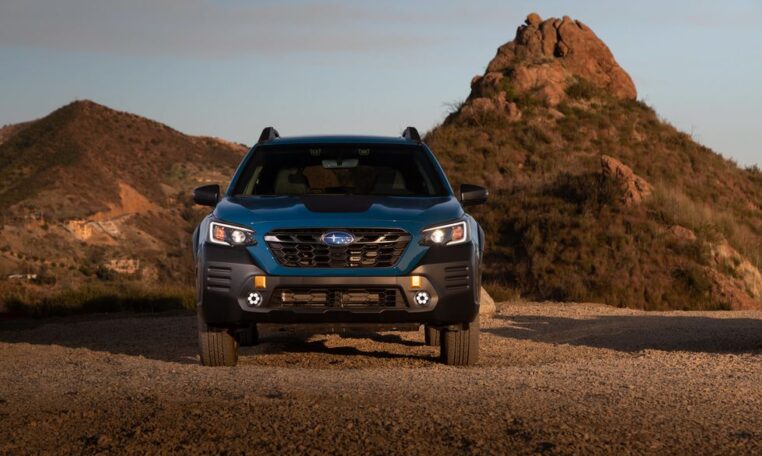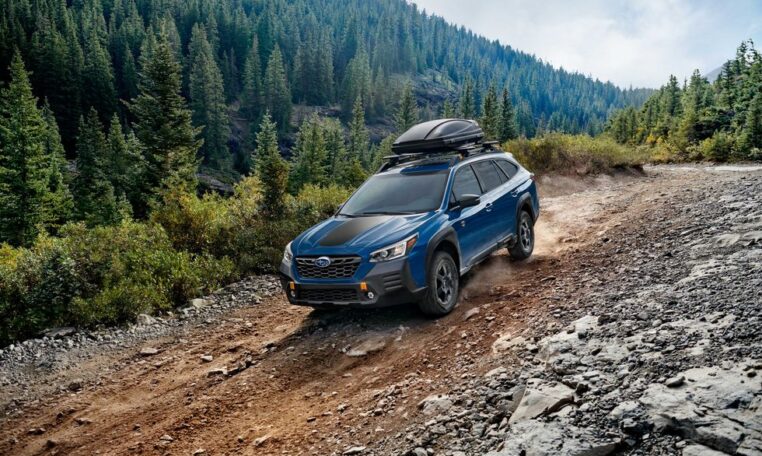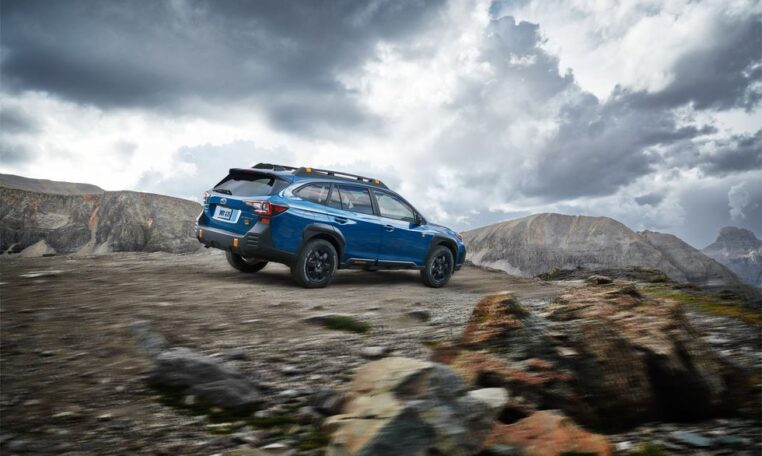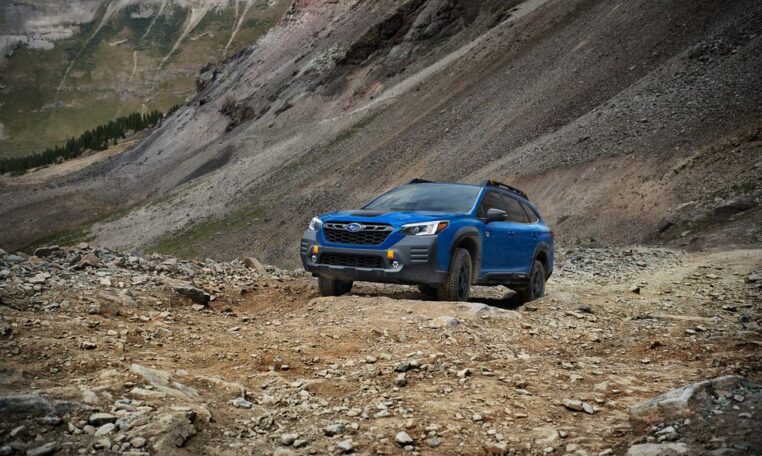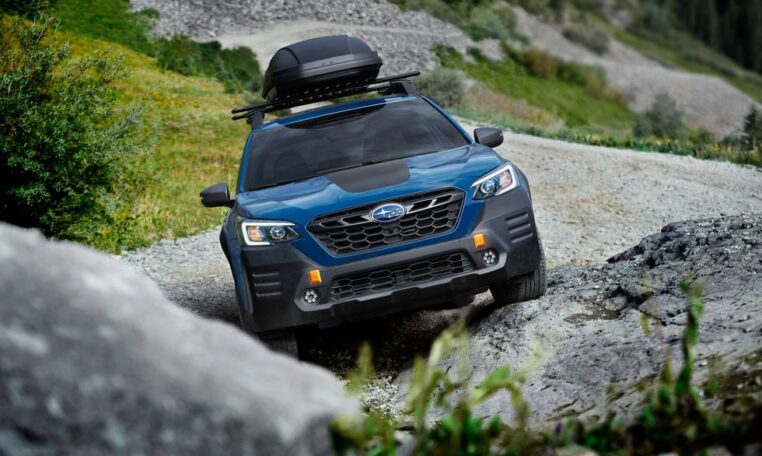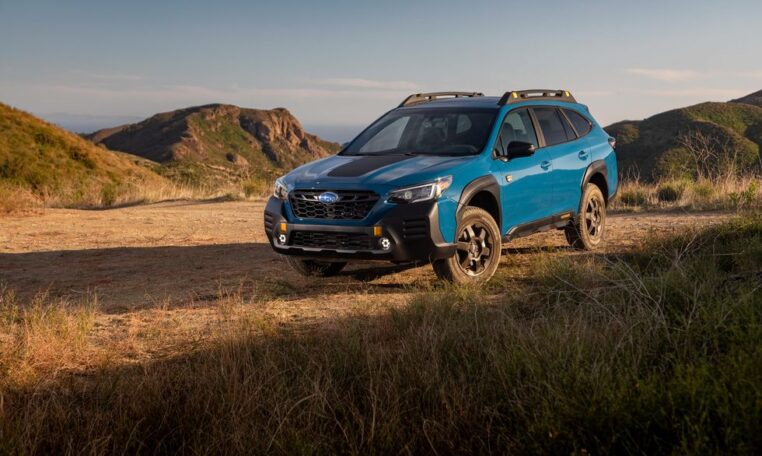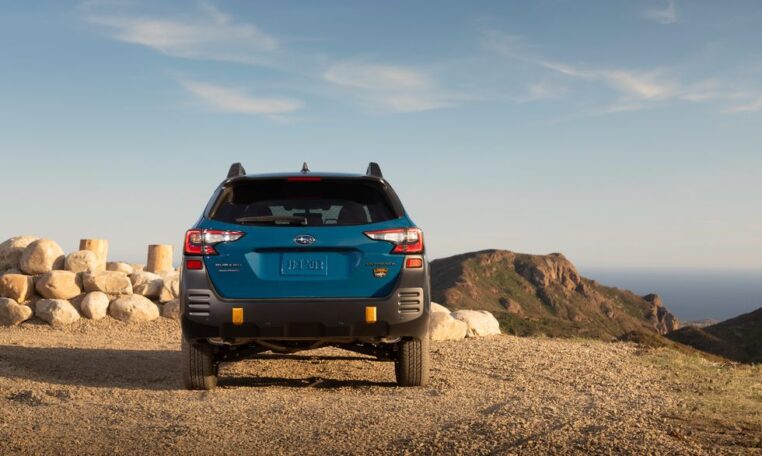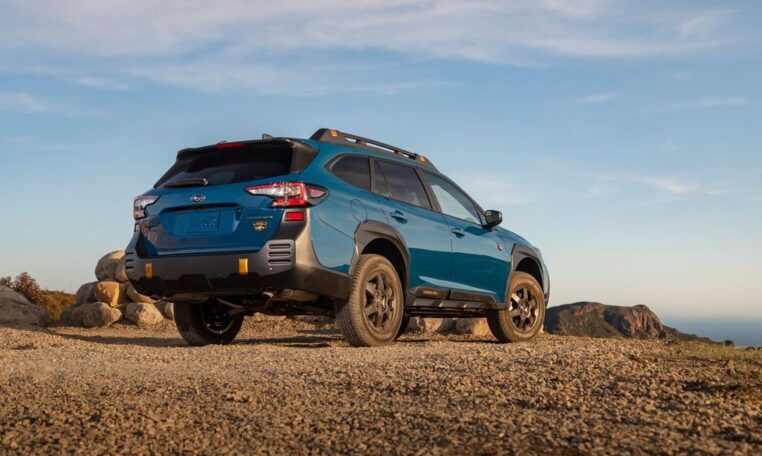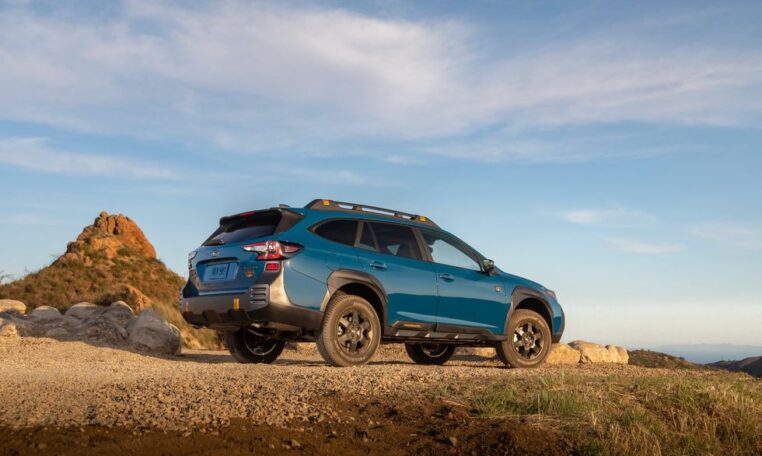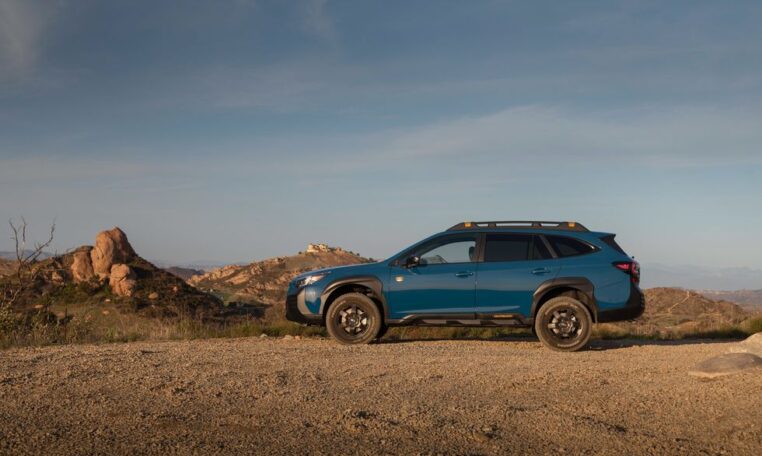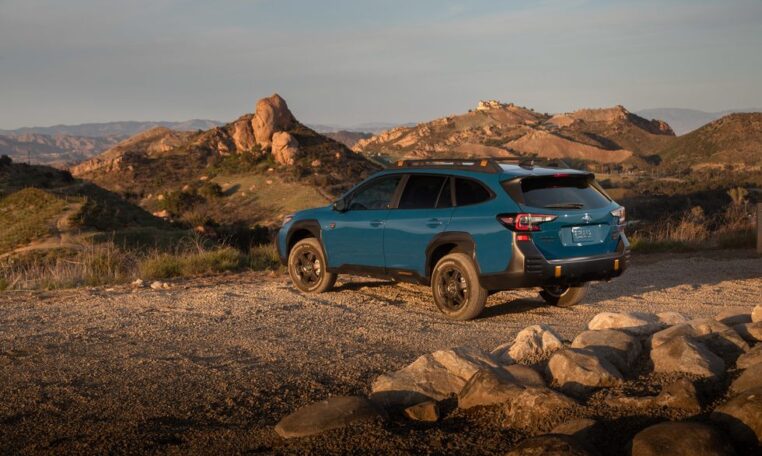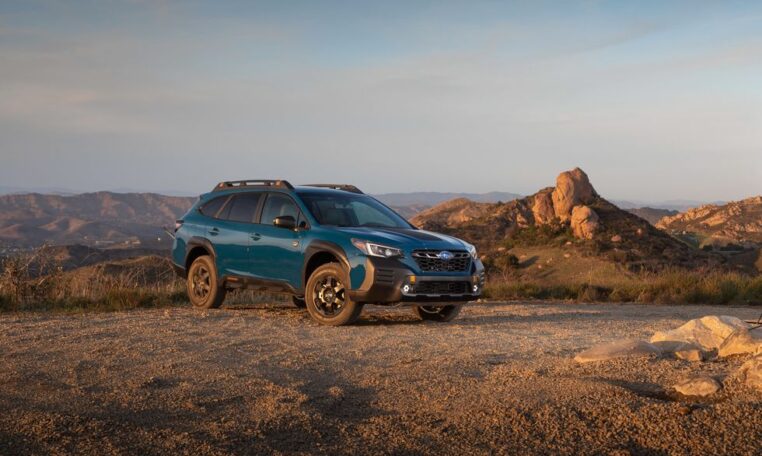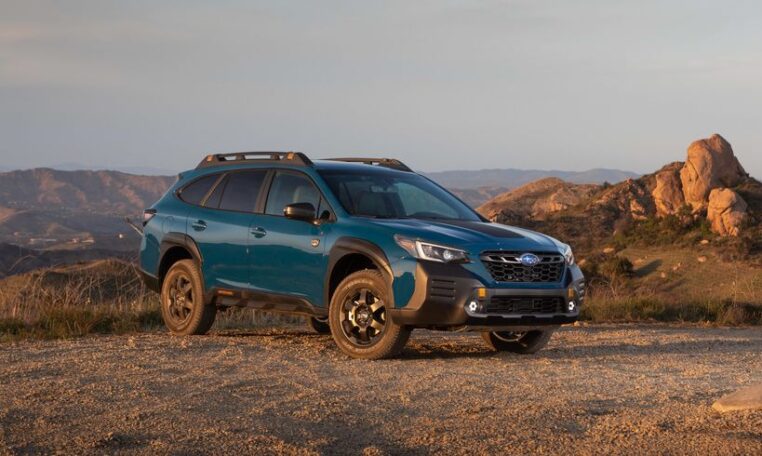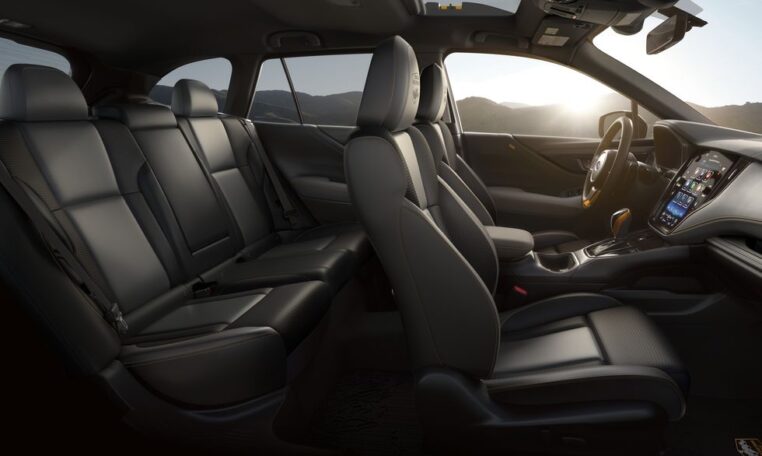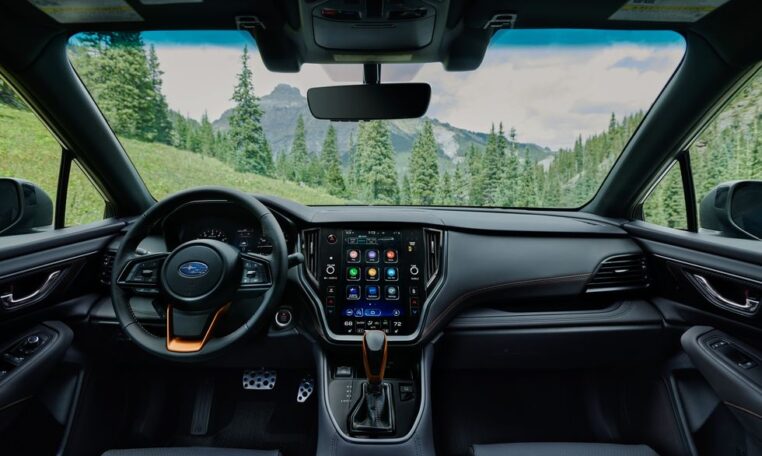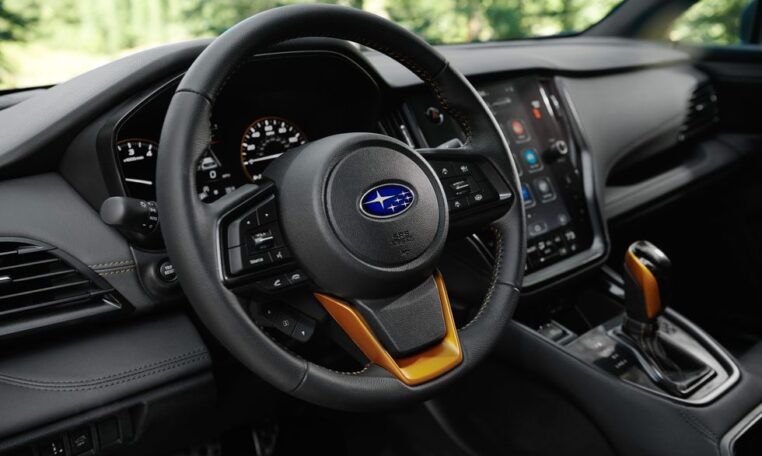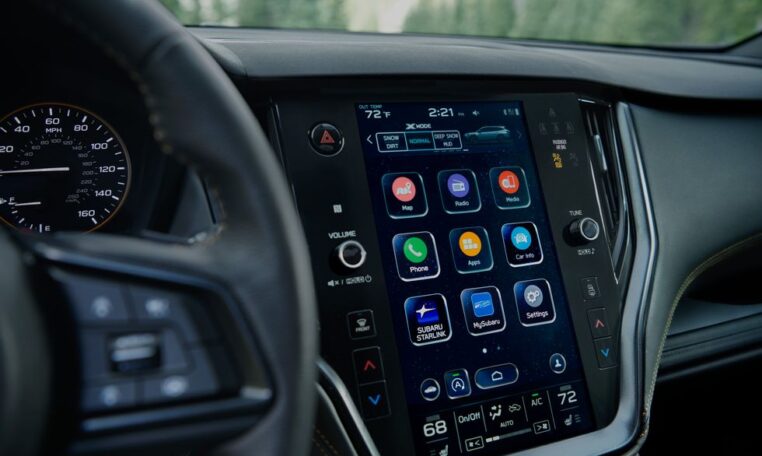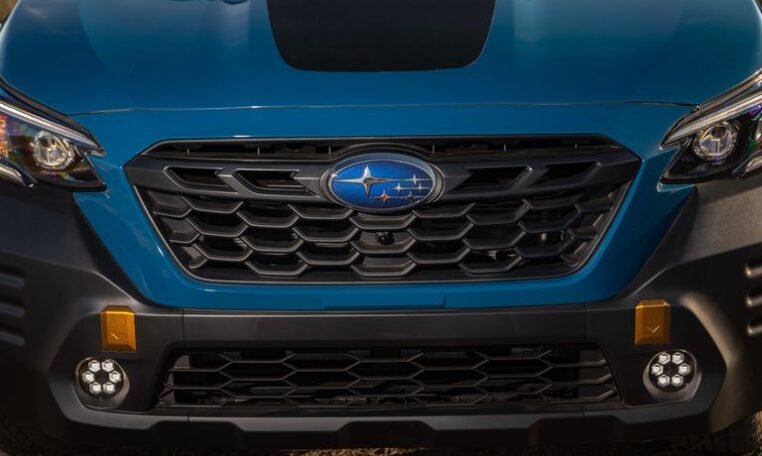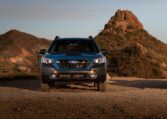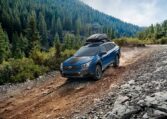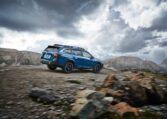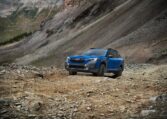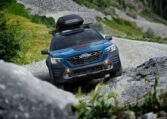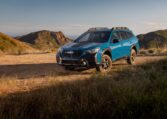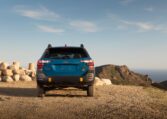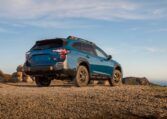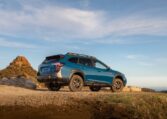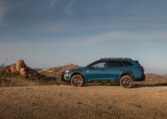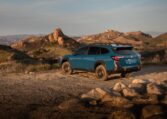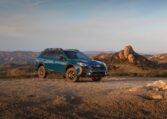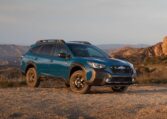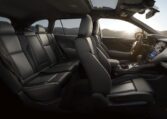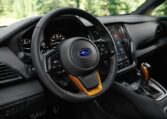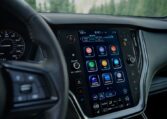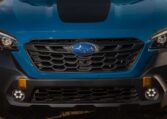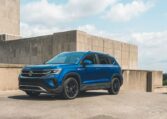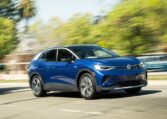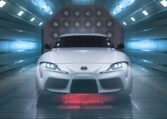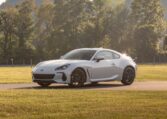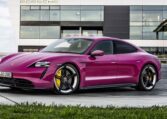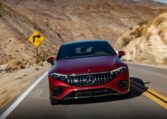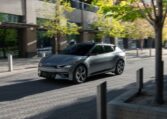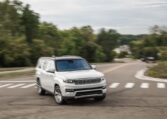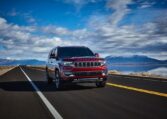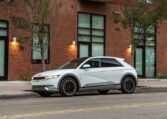NEW 2022 Subaru Outback
Overview
To excel in a world that favors crossovers, Subaru’s venerable Outback station wagon has thrived by mimicking the trappings of SUV style while continuing to offer the practicality and road manners of a conventional station wagon. It even earns a spot on our 2022 Editors’ Choice list. Its raised suspension and plastic body cladding scream “active lifestyle” but from behind the wheel it delivers a more carlike feel. Buyers can choose from either a turbocharged or non-turbo four-cylinder engine, both with standard with all-wheel drive. A beefy roof rack offers a handy place for bikes or a kayak without the extra-tall stance of an SUV, which enables easier loading and unloading. The Outback formula has proven so successful over the years that even luxury automakers have given it a try: the Outback’s closest rivals include the Audi A4 Allroad and the Volvo V60 Cross Country, both of which start nearly $20,000 higher.
What’s New for 2022?
The Outback lineup gains an even more rugged Wilderness model for 2022, which boasts extra ground clearance, an upgraded suspension, Yokohama all-terrain tires, and a host of styling enhancements to help broadcast its brawnier image. The Wilderness model also comes standard with the turbocharged four-cylinder engine, a roof rack capable of supporting up to 700 pounds, and water-repellant interior upholstery.
Engine, Transmission, and Performance
The Outback lineup features a pair of flat-four-cylinder engines: a 182-hp 2.5-liter is standard and a 260-hp turbocharged 2.4-liter is optional. Both mate to a continuously variable automatic transmission (CVT) that mimics an eight-speed gearbox to mitigate annoying engine drone. Of course, all Outbacks have standard all-wheel drive, which is a Subaru staple (except for the rear-drive BRZ sports coupe). The Outback we tested with the standard engine delivered unremarkable acceleration and lazy transmission behavior. While the turbocharged version was considerably quicker, it was plagued by the same recalcitrant transmission. Still, most Outback owners are more concerned with ride quality and the car’s ability to handle light off-road driving. With 8.7 inches of ground clearance and all-wheel drive, the wagon is easily able to navigate inclement weather and even muddy, rutted roads; for maximum go-anywhere capability, select the Wilderness model, which boasts 9.5 inches of ground clearance as well as a beefed up suspension, skid plates to protect its underside, and a drive mode selector with Snow and Mud modes. The Outback’s suspension provides a docile ride, and its steering is accurate and easy to manage on the highway. However, it lacks any athleticism, which might surprise WRX fans switching to the more practical wagon. The wagon’s standard engine also can tow 2700 pounds, while the turbocharged version can pull 3500.
Fuel Economy and Real-World MPG
The EPA estimates the standard Outback will earn 26 mpg in the city and 33 on the highway. The turbocharged version sees a significant dip in efficiency, with ratings of 23 mpg city and 30 highway. In contrast, its Legacy counterpart has thriftier powertrains. Its base engine is expected to earn 27/35 mpg city/highway and the turbocharged option has estimates of 24/32 mpg city/highway. We tested an Outback with each of these engines on our 200-mile real-world highway-fuel-economy route, and they returned an identical 28 mpg. The sedan with the turbocharged four-cylinder got 34 mpg in that same test. For more information about the Outback’s fuel economy, visit the EPA’s website.
Interior, Comfort, and Cargo
The Outback shares much of its interior with the Legacy, and both have comfortable accommodations and quality materials. While Subaru’s cabin design borders on boring, it’s functional and has a high seating height. Aside from the base model, every Outback has dual-zone climate control, heated front seats, a power-adjustable driver’s seat, and copious USB ports. More upscale features such as a heated steering wheel, ventilated front seats, a power-adjustable front-passenger seat, and heated rear seats are available on fancier trim levels. The Outback also has a spacious back seat that offers an extra 1.4 inches of legroom compared with the previous generation. Its rear cargo area provides 33 cubic feet of space; in our testing, it held 11 carry-on suitcases with the back seat up and 23 bags with it folded flat. The Legacy accepted eight and 22 suitcases, respectively, in the same tests.
Infotainment and Connectivity
Base Outbacks feature two stacked 7.0-inch touchscreens, but all other models have a massive 11.6-inch vertically oriented touchscreen. Along with large touch icons and quick response times, the big screen features a rotary volume and tuning knob as well as some physical buttons for climate settings, which makes them easier to use. While built-in navigation, a Wi-Fi hotspot, and wireless device charging are optional, Apple CarPlay/Android Auto integration is standard. Buyers who choose the top-tier Limited and Touring trim levels get a 12-speaker, 576-watt Harman/Kardon audio system.
Safety and Driver-Assistance Features
All Outback models come standard with the company’s EyeSight suite of driver-assistance technology. For more information about the Outback’s crash-test results, visit the National Highway Traffic Safety Administration (NHTSA) and Insurance Institute for Highway Safety (IIHS) websites. Key safety features include:
- Standard forward-collision warning and automated emergency braking
- Standard adaptive cruise control with lane-keeping assist
- Available blind-spot monitoring and rear cross-traffic alert
Browse through the vast selection of vehicles that have recently been added to our inventory.
